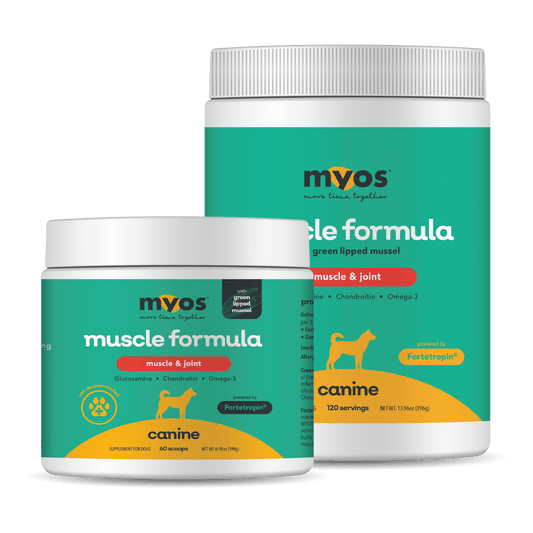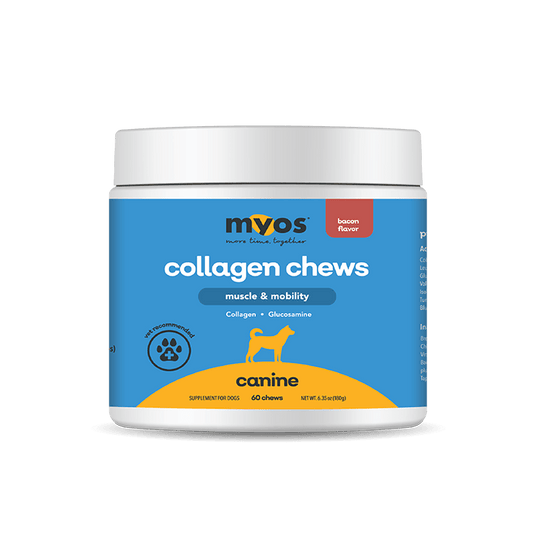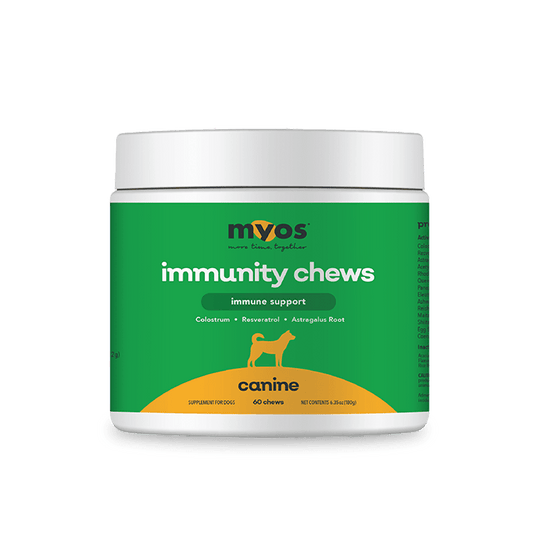As pet owners, watching your furry friend suffer from discomfort can be distressing. Muscle injuries in dogs can range from mild strains to more severe tears, and knowing how to identify these issues can help you provide the best care for your dog. Keep reading for a guide on spotting the signs of muscle injuries, understanding when it’s time to seek veterinary care, and how to help prevent these injuries in the first place!
How to Identify Muscle Injuries in Your Dog
1. Limping or Lameness: One of the most noticeable signs of a muscle injury is when your dog starts limping or showing lameness. If your dog is favoring one leg over the others or seems unable to bear weight properly, it could be indicative of a muscle strain or tear.
2. Pain Response: Dogs can’t tell us when they’re in pain, so it’s important to notice their pain responses. If your dog yelps or growls when you touch a specific area or if they seem to avoid being petted, it might be a sign of muscle discomfort.
3. Reduced Mobility: If your dog seems less eager to move, jump, or play, it could be experiencing muscle pain. Changes in normal activity patterns are often the first signs pet owners will notice when their dog is injured.

When to Seek Veterinary Care
If you observe any of the above signs, it’s important to consult with your veterinarian. Muscle injuries, if left untreated, can lead to more serious complications and long-term discomfort. Your vet can provide a thorough examination, possibly recommend imaging tests like X-rays, and suggest appropriate treatments such as rest, anti-inflammatory medications, or even physical therapy.
How to Help Prevent Muscle Injuries
One way to help prevent your dog from getting muscle injuries is to ensure that they keep their muscles strong in the first place. A great way to do this is to ensure your dog is getting enough exercise and giving them a muscle supplement such as MYOS Canine Muscle Formula. MYOS can help your dog build and maintain muscle mass, reduce muscle loss, and help reduce the risk of injury.
As a loving pet owner, understanding the signs of muscle injury can make a significant difference in your dog’s quality of life. Always monitor your dog’s behavior and physical condition closely, and never hesitate to seek professional advice if you suspect something is wrong. By catching muscle injuries early, you can help ensure a speedy recovery and prevent further issues.





